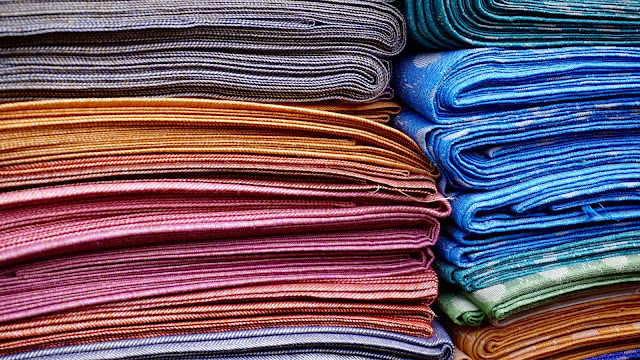Loom: A loom is the simplest form of a weaving machine that has been used for thousands of years.
The machine is operated manually and is mainly used for small-scale production or for weaving fabrics with unique patterns.
Shuttle Loom: The shuttle loom is a more advanced form of the loom, which uses a shuttle to transport the weft threads across the width of the fabric.
This machine is faster and more efficient than the loom and is widely used in the textile industry.
Rapier Loom: The rapier loom is a type of shuttleless weaving machine that uses a rapier to transport the weft threads across the fabric.
The machine is known for its high speed and efficient operation, making it ideal for mass production of fabrics.
Airjet Loom: The airjet loom is a shuttleless weaving machine that uses high-speed air jets to transport the weft threads across the fabric.
The machine is known for its high-speed production and low energy consumption.
Projectile Loom: The projectile loom is another type of shuttleless weaving machine that uses a projectile to transport the weft threads.
This machine is known for its high speed and efficiency, as well as its ability to weave complex fabrics.
Jacquard Loom: The jacquard loom is a type of loom that is equipped with a mechanical device called a jacquard head.
The machine is used to create intricate designs and patterns in fabrics, making it ideal for producing high-quality textiles.
These are just some of the most common types of weaving machines used in the textile industry.
Each machine has its own set of advantages and disadvantages, making it important for textile manufacturers to choose the right machine for their specific needs.



